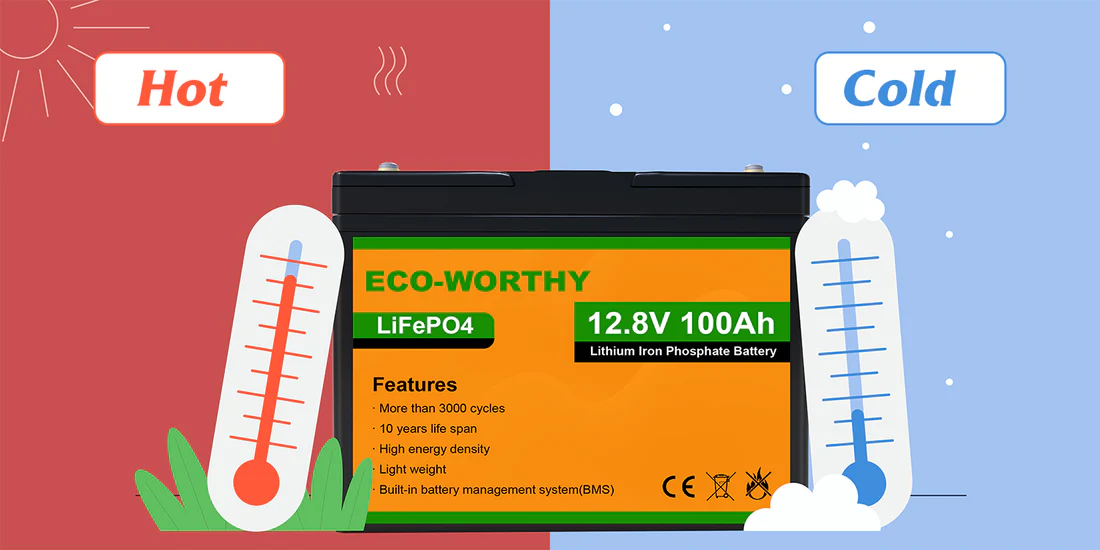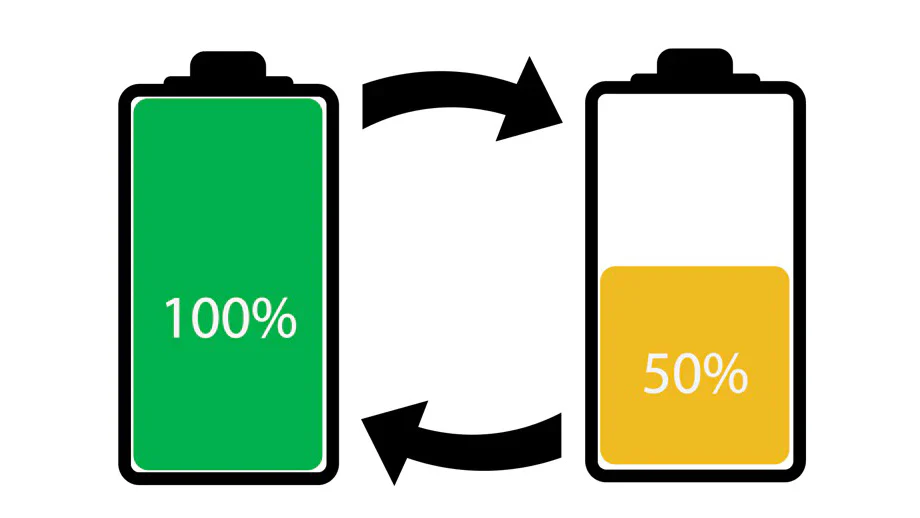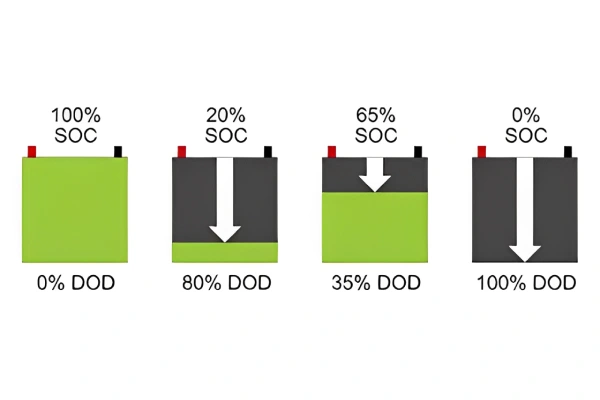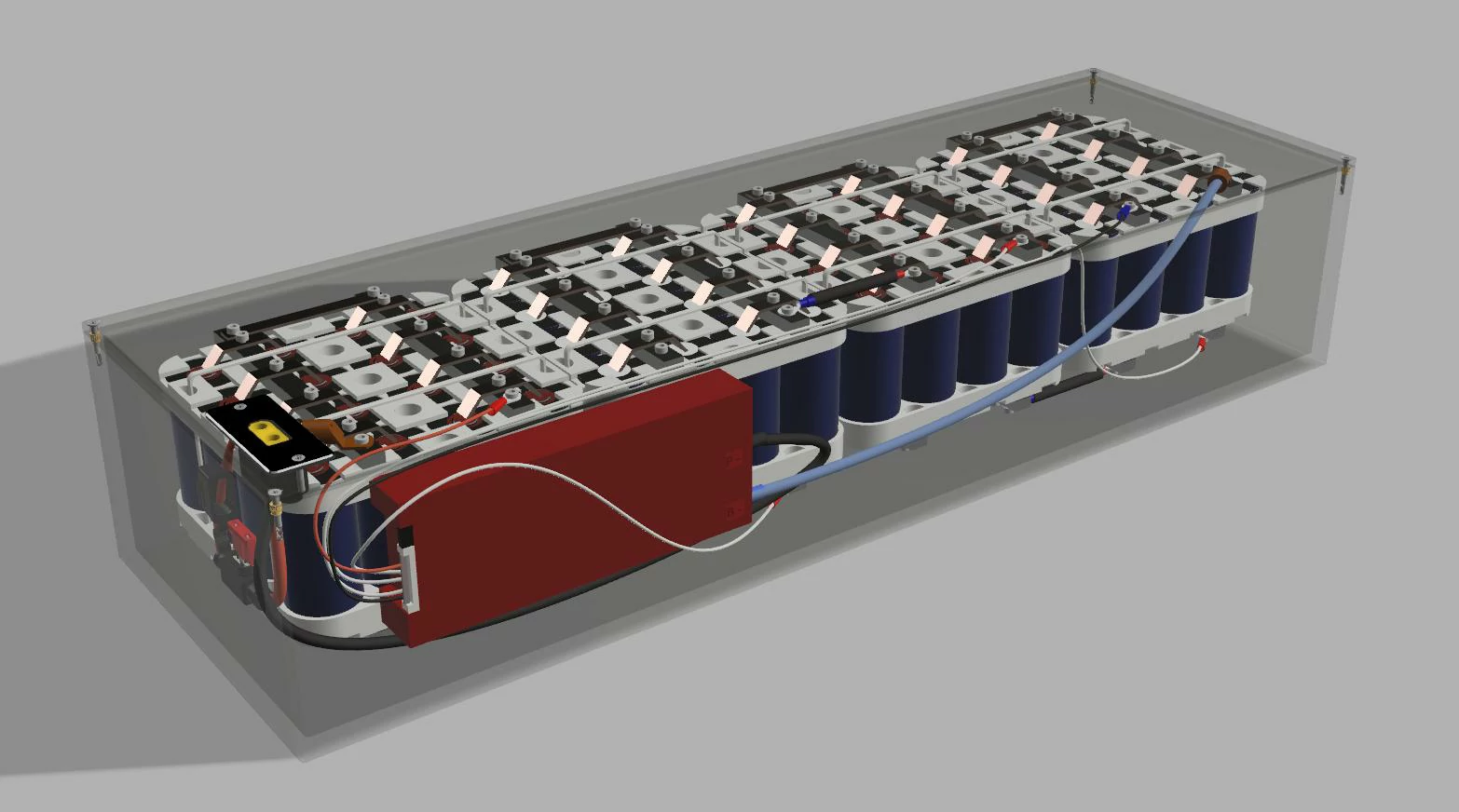How is the cycle life of lithium iron phosphate batteries...
EPS Technology: Battery type - LiFePO4
In modern society, battery technology plays a crucial role, especially in emergency power supply (EPS) systems. LiFePO4 (lithium iron phosphate) battery has become one of the key technologies in EPS system because of its unique advantages. This article will introduce the technical features and advantages of LiFePO4 batteries in detail.
main content
Chemistry and structure
The LiFePO4 battery, also known as a lithium iron phosphate battery, consists of a cathode made of lithium iron phosphate, an anode usually composed of graphite, and an electrolyte that facilitates the flow of lithium ions between the two electrodes. LiFePO4's unique crystal structure allows for the steady release and absorption of lithium ions during the charge and discharge cycle, thereby helping to improve its service life and safety.
Working principle
The charge and discharge reaction of lithium iron phosphate battery is carried out between the LiFePO4 and FePO4 phases. During the charging process, LiFePO4 gradually detach from lithium ions to form FePO4, and during the discharge process, lithium ions embed FePO4 to form LiFePO4. When the battery is charged, the lithium ions migrate from the lithium iron phosphate crystal to the crystal surface, under the action of the electric field force, into the electrolyte, and then through the diaphragm, and then through the electrolyte to the surface of the graphite crystal, and then embedded in the graphite lattice.
Technological advantage
security
LiFePO4 batteries are known for their excellent thermal stability and safety. Unlike traditional lithium-ion batteries, which can experience thermal runaway under certain conditions, LiFePO4 batteries are less prone to overheating or fire hazards.
long-life
LiFePO4 batteries have an impressive cycle life, typically exceeding 2,000 charge and discharge cycles, making them a cost-effective solution for applications that require frequent use.
High energy density
Although the energy density of LiFePO4 batteries is slightly lower than other lithium-ion batteries, advances in technology continue to improve the energy density of lithium iron phosphate batteries, making them more attractive for a variety of applications.
Environmental protection
LiFePO4 batteries do not contain heavy metals and rare earth materials, are environmentally friendly, meet environmental requirements, and can be recycled.
Fast charging performance
Lithium iron phosphate battery has a good fast charging performance, can be charged in a short time, and maintain stable performance.
CONCLUSION
LiFePO4 batteries play an important role in EPS systems with their high safety, long cycle life, high energy density and environmental friendliness. As the technology advances, the performance and application range of LiFePO4 batteries will continue to expand, providing a more reliable and efficient solution for emergency power supply.
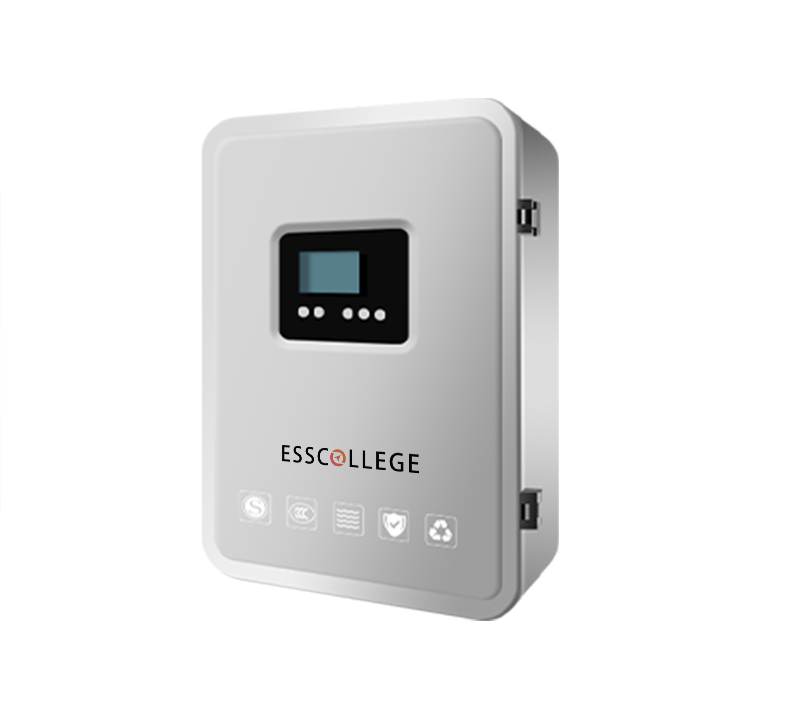
EPS BATTERY SERIES
The centralized power supply for fire emergency lighting is a kind of backup power supply equipment, which provides power guarantee for emergency lighting equipment to ensure that the on-site lighting equipment can operate normally in emergency situations such as fire. Provide a long-term backup power supply to meet the needs of the emergency lighting system.
Extended reading
EPS technology: battery cycle life
EPS technology: battery cycle life In the emergency power supply...
Compared with PVC, what are the advantages of epoxy resin board in EPS system?
Compared with PVC, what are the advantages of epoxy resin...
What is the relationship between battery cycle life and depth of charge and discharge (DOD)?
What is the relationship between battery cycle life and depth...
EPS technology: Shell material epoxy resin board +PVC
EPS technology: Shell material epoxy resin board +PVC The emergency...
EPS Technology: Battery type – LiFePO4
EPS Technology: Battery type – LiFePO4 In modern society, battery...
THE ESSC Brand promise
Global supply
Our products sell well all over the world, covering many countries and regions, through the global logistics network, to provide customers with convenient purchasing experience.
Rigorous quality
We adhere to the highest quality control standards to ensure every product meets industry regulations and customer expectations, earning trust through consistent excellence.
Excellent service
With a customer-centric approach, we provide prompt responses, professional support, and personalized services, aiming to deliver the best user experience and long-term value.
